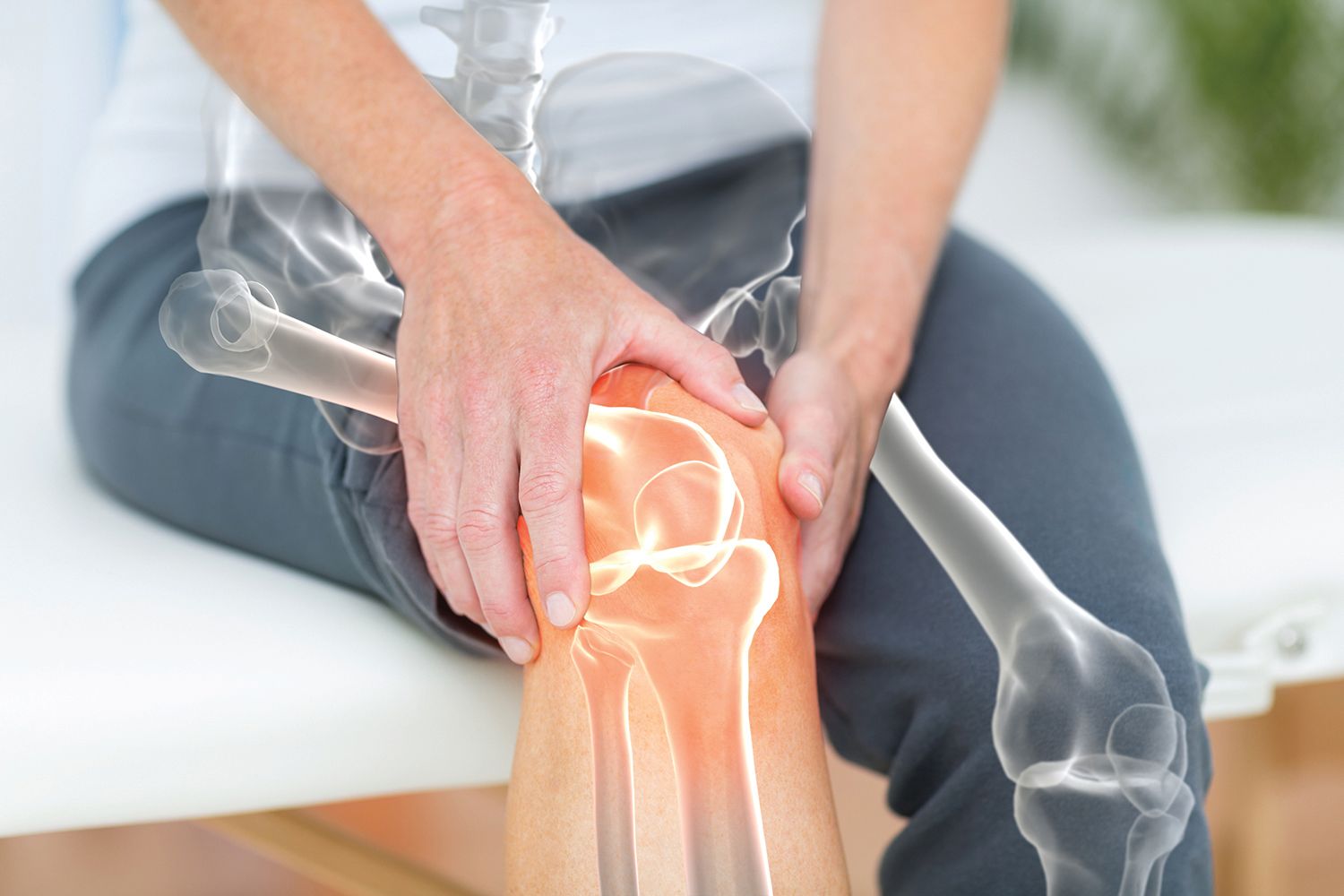
- Center on Health Equity & Access
- Clinical
- Health Care Cost
- Health Care Delivery
- Insurance
- Policy
- Technology
- Value-Based Care
Psychosocial Factors Increase Likelihood of Joint Pain in Psoriatic Arthritis
A history of depression was the most predictive factor for developing persistent joint pain among patients with psoriatic arthritis.
Even after treatment successfully clears skin for patients with psoriatic arthritis, they may continue to experience tender joints.
Image credit: wavebreak3 - stock.adobe.com

As many as a quarter of patients with psoriatic arthritis (PsA) experience persistent joint pain, which is more likely to occur in patients experiencing more fatigue, sleep disturbance, depression, and anxiety, according to a research letter published in The Journal of Rheumatology.1
Treatment advances in PsA have allowed many patients to achieve skin clearance, but advancement in therapies that effectively address joint issues and pain has lagged behind.
“Clinically, patients may present with continued tender joints after treatment without any evidence of active swelling or inflammation,” the authors explained. “Even though this is often treated with uptitration or change in immunomodulatory therapy, the drivers of persistent joint pain are unknown.”
Into an observational cohort, researchers enrolled 121 consecutive patients from the New York University (NYU) Psoriatic Arthritis Center (PAC). One-fifth (21.5%) of patients had active disease. The majority of patients, 78.5%, didn’t have swollen joints or active synovitis, and of those, 73.7% were in full remission and 26.3% had persistent joint pain. On average, patients with joint pain had 3.0 tender joints.
The patients with persistent joint pain had higher levels of fatigue, depression, and anxiety, as well as worse coping mechanisms, compared with patients in full remission. In addition, the patients with persistent joint pain, reported a bigger impact on work and their social life and increased sleep disturbances.
“In patients with persistent joint pain, the number of tender joints was moderately correlated with level of fatigue, function, sleep disturbance, coping difficulties, and anxiety, and weakly correlated with depression, but not with age,” the authors added.
There was a second cohort enrolled of 143 patients from the NYU PAC. These individuals had a new diagnosis and had at least 1 follow-up visit assessing disease outcomes after starting treatment. The average (SD) time patients were followed was 7.9 (7.6) months. Overall, 41.3% patients had active disease, 39.2% were in remission, and 19.6% had persistent joint pain.
The baseline differences that were the most predictive of developing persistent joint pain later were self-reported depression ever and an increased count of tender and swollen joints. The authors noted that previous research has shown that depression can affect remission in PsA.
A main limitation of the study is the lack of corresponding radiographic confirmation of the absence of inflammation. In addition, there was a low prevalence of fibromyalgia (FM) among the patients in the study, with only 1 patient who had no evidence of swollen joints or active synovitis in the first cohort having FM. However, a study from Case Western Reserve University research in 2013 identified that more than half of patients with PsA had FM,2 while another from 2020 in Turkey found 64% of patients with PsA had FM.3
“In patients initiating their second or later biologic, only a minority will remain on the drug and achieve remission,” the authors concluded. “Although this may reflect treatment-resistant PsA, alternatively, it may also represent failure to differentiate between true inflammatory pain and pain perpetuated by other, noninflammatory factors.”
References
1. Haberman RH, Zhou YY, Catron S, et al. Psychosocial factors significantly contribute to joint pain persistence in psoriatic arthritis. J Rheumatol. 2024;51(3):318-320. doi:10.3899/jrheum.2023-0909
2. Magrey MN, Antonelli M, James N, Khan MA. High frequency of fibromyalgia in patients with psoriatic arthritis: a pilot atudy. Arthritis. 2013;2013:762921. doi:10.1155/2013/762921
3. Ulutatar F, Unal-Ulutatar C, Duruoz MT. Fibromyalgia in patients with psoriatic arthritis: Relationship with enthesopathy, sleep, fatigue and quality of life. Int J Rheum Dis. 2021;24(2):183-188. doi:10.1111/1756-185X.13963
Clinical and Patient Definitions of Acute COPD Exacerbation Recovery Differ
October 30th 2025Despite clinical definitions suggesting patients recover from exacerbations within 2 weeks of hospital discharge, most patients in a qualitative survey believed they had not achieved recovery within 3 months.
Read More
Clinical and Patient Definitions of Acute COPD Exacerbation Recovery Differ
October 30th 2025Despite clinical definitions suggesting patients recover from exacerbations within 2 weeks of hospital discharge, most patients in a qualitative survey believed they had not achieved recovery within 3 months.
Read More
2 Commerce Drive
Cranbury, NJ 08512
AJMC®
All rights reserved.